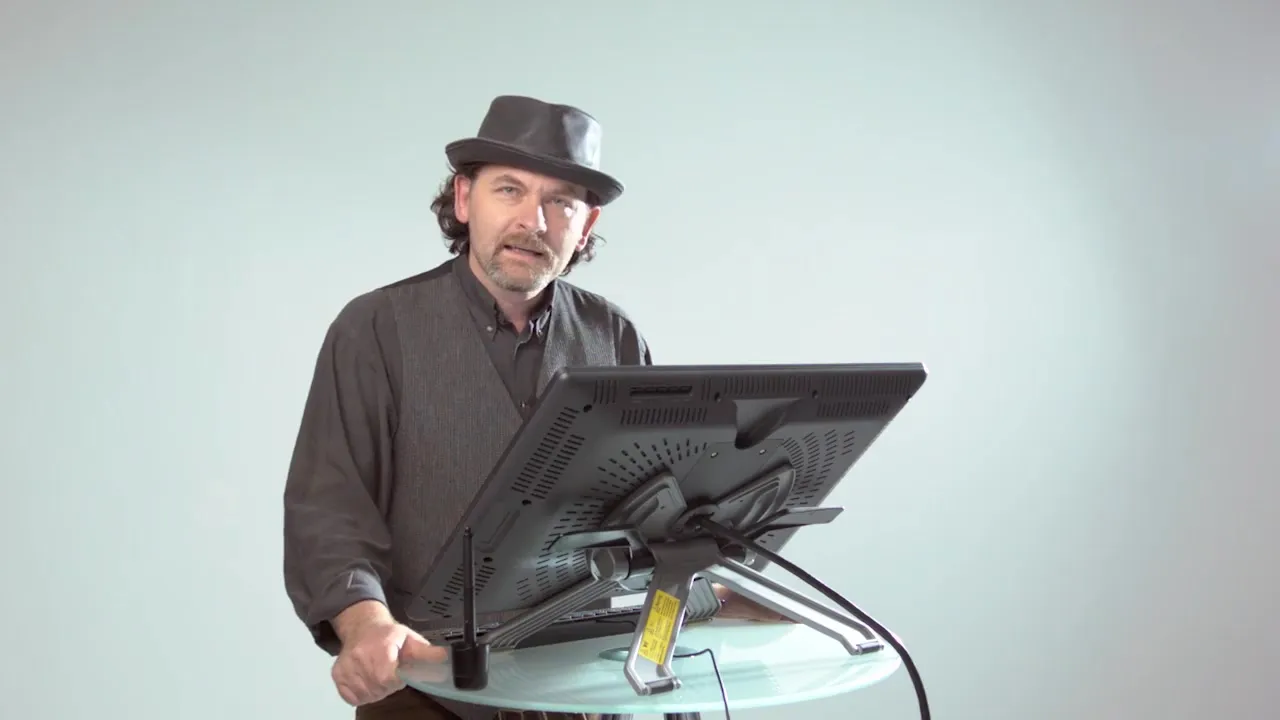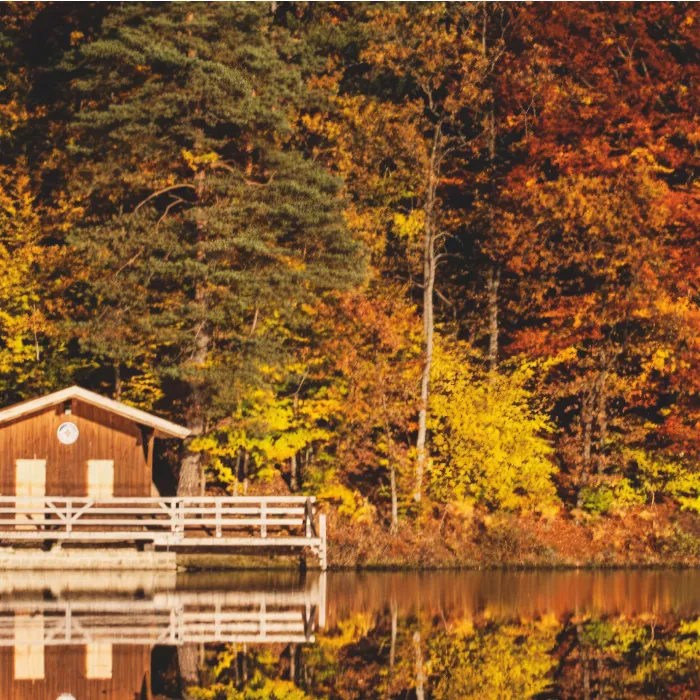Photography can be an exciting and creative activity, but especially for beginners, the multitude of settings and functions on a digital camera can be overwhelming. The good news: Most digital cameras offer fully automatic shooting programs that help you focus on the essential aspects of your photographic composition. This guide introduces the different programs, explains how they work, and shows how you can use them effectively.
Main Findings
- Digital cameras have various fully automatic shooting programs that are particularly suitable for beginners.
- The full automation ensures that the camera autonomously adjusts many settings, allowing you to focus excellently on the subject.
- Besides the technology, angles of view and composition are crucial for the success of your photos.
- The Program P (Program Shift) offers advanced photographers additional customization options.
Step-by-Step Guide
To get the most out of your digital camera, it is important to familiarize yourself with the full automation. Let's navigate through the necessary tasks step by step.
Start by turning on your digital camera. Once it has booted up, make sure to select the correct shooting program – in most cases, this is the full automation. Many cameras indicate this program with a green icon on the mode dial or in the camera menu.
Once you have selected the full automation, your camera will take care of all relevant exposure settings. This means that brightness and colors will be automatically adjusted based on the camera's assessment of the subject. This technology has improved significantly in recent years and works reliably in most cases.

Despite the automation, there are two aspects that you must determine yourself: the perspective and the framing. The perspective refers to where you are located with the camera. The framing, on the other hand, depends on the focal length you choose. It is important to consider these factors to achieve high-quality images.

A common misconception among beginners is that professional photographers owe their skill mainly to perfect exposure. In fact, the choice of focal length and framing play a decisive role as well. These elements are already within your control and you can actively shape them.
Your creative eye for light and composition develops over time. This depends not only on your experience but also on your enthusiasm and your willingness to study the works of other photographers. Pay attention to the framing they choose and the lighting conditions in their shots.
A little "insider tip": Many professional photographers use the shooting program P, which stands for Program Shift. This program works similarly to full automation but offers the advantage that you can adjust the camera for important details.
Now that you know the principle of full automation and the program P, you are better equipped for your next photographic adventures. Experiment with the camera and develop your own style while simultaneously learning the technical fundamentals.
Summary – Digital Cameras and Full Automation – A Guide for Beginners
Using the full automation on your digital camera allows you to successfully dive into the world of photography without having to immediately deal with all the technical details. By focusing on perspective and framing, you can unleash your creativity and create impressive images. The development of your own photographic style will come over time as you continue to improve your skills and try out new programs.
Frequently Asked Questions
What are the advantages of shooting in full automatic mode?In full automatic mode, the camera takes care of the exposure settings, allowing you to focus on the subject.
Should I be ashamed if I shoot in full automatic mode?No, full automatic mode is for beginners and allows you to take great photos without having to deal with complicated settings.
When should I switch to Program P?If you feel confident and wish for some control over special shots, you can switch to Program P.


